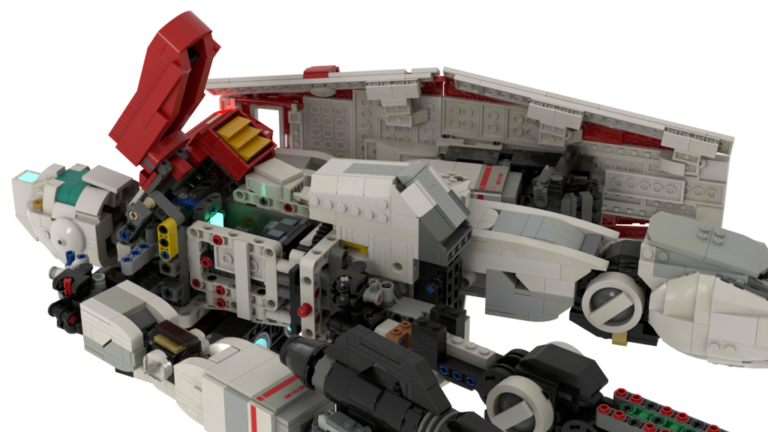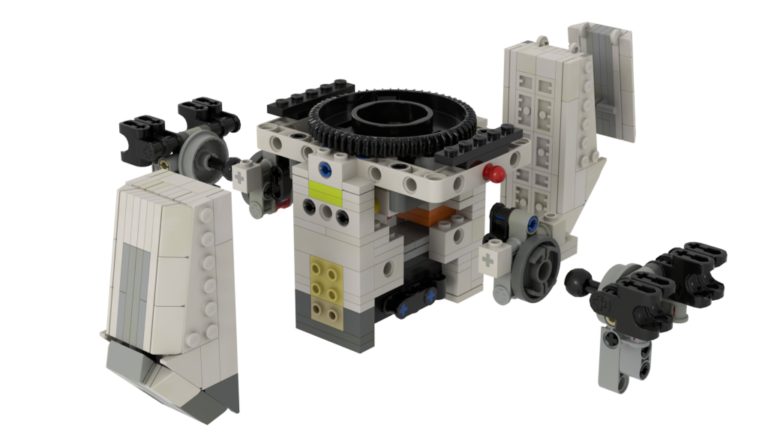
Building large LEGO models is a thrilling challenge that requires a careful balance between aesthetics and stability. While a model may look visually impressive, it also needs to be structurally sound to prevent collapse or fragility. In this article, I’ll explore how to design large LEGO creations that are both visually stunning and highly durable.
1. Designing a Strong Core Structure
Why It Matters:
A well-built internal structure is essential for maintaining the integrity of large-scale LEGO models.
How to Achieve It:
Use Technic beams and bricks with cross-supports to form a sturdy core.
Reinforce large sections with interlocking plates instead of relying on single bricks.
Plan for weight distribution to prevent sagging or collapsing over time.
2. Using Aesthetic Techniques Without Sacrificing Strength
Why It Matters:
LEGO models should be visually appealing, but some decorative techniques can weaken the structure.
How to Achieve It:
Combine SNOT (Studs Not on Top) techniques with traditional stacking for both design flexibility and strength.
Use tiles and slopes sparingly to maintain stability while enhancing the model’s look.
Avoid large overhanging elements unless they have hidden supports underneath.
3. Weight and Gravity Considerations
Why It Matters:
As models grow larger, gravity becomes a greater challenge, requiring reinforcement in key areas.
How to Achieve It:
Distribute weight evenly by placing heavier elements closer to the base.
Use Technic pins and axles to connect sections securely.
Test for structural integrity by gently applying pressure to different areas.

4. Modular Building for Easy Assembly and Transport
Why It Matters:
Large LEGO models can be difficult to build, move, and display if designed as a single unit.
How to Achieve It:
Break the model into modular sections that can be built and transported separately.
Use hidden Technic connectors to seamlessly attach different parts.
Ensure that each section is structurally independent to prevent failure.
5. Testing and Reinforcing Weak Points
Why It Matters:
A model’s weak points may not be obvious until real-world testing.
How to Achieve It:
Perform shake tests to identify fragile areas.
Reinforce joints and connection points with additional bricks.
Adjust overhanging elements if they appear unstable.
Conclusion
Balancing aesthetics and stability in large LEGO models requires thoughtful planning, strong core structures, and real-world testing. By integrating both design and engineering principles, you can build impressive, long-lasting LEGO creations.
Want More LEGO Building Tips?
Stay alerted for new expert LEGO techniques, stability tips, and large-scale building insights. Stay ahead in the world of custom LEGO design!
